
Mirror Therapy - mirror therapy guidance
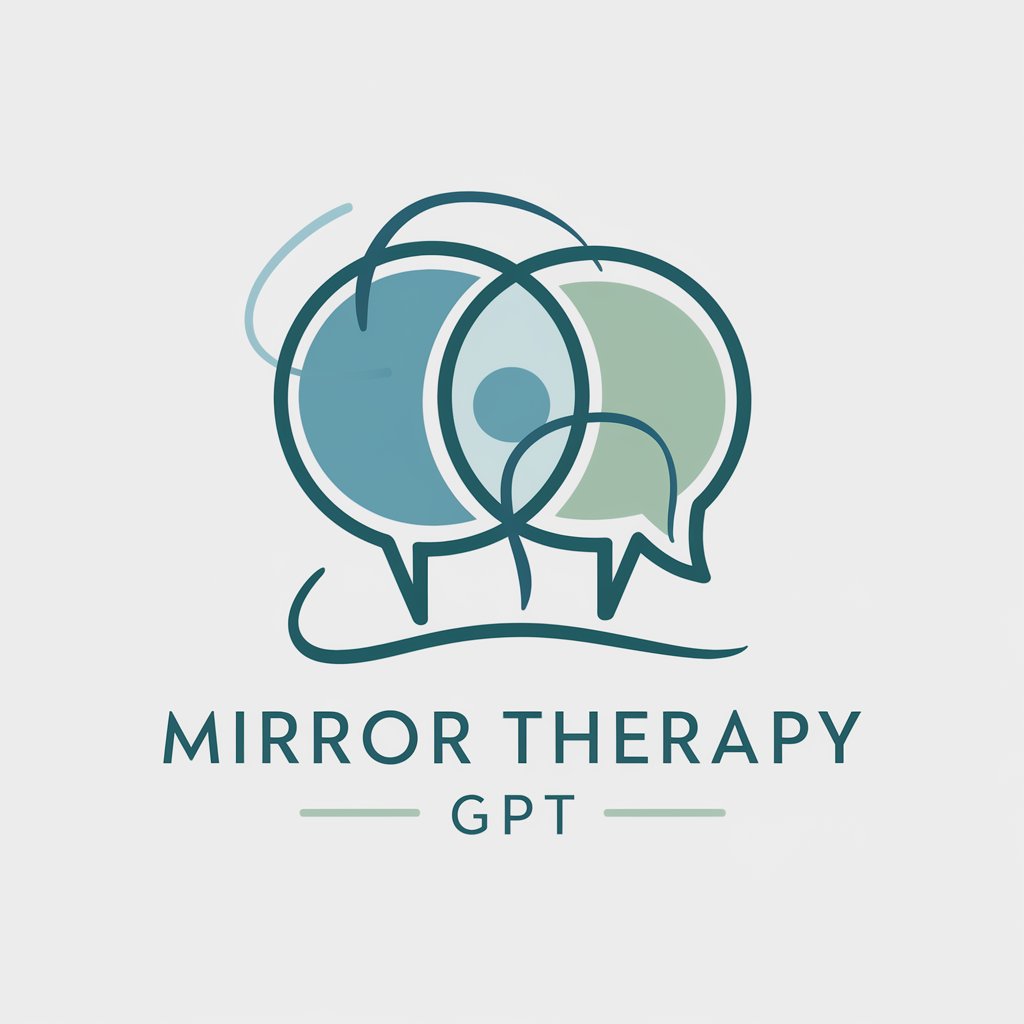
Welcome to Mirror Therapy GPT, your reflective conversation partner.
Empowering recovery with AI-assisted visualization
Describe a time when you felt truly understood.
What words do you find most comforting in a difficult situation?
Share a moment when someone's tone changed your perspective.
How do you express empathy in your daily conversations?
Get Embed Code
Mirror Therapy: An Overview
Mirror therapy is a rehabilitation technique used to improve motor function and decrease pain in certain conditions. It involves the use of a mirror to create a reflective illusion of an affected limb, making it appear as if the affected limb is moving normally. This method leverages the brain's neuroplasticity, encouraging the brain to rewire itself and improve the function of the impaired limb. Originating as a treatment for phantom limb pain in amputees, its applications have expanded to include stroke rehabilitation, complex regional pain syndrome (CRPS), and rehabilitation following hand surgery or injury. A typical setup includes placing a mirror in the center line of the patient's body, facing the unaffected limb, so that movements of this limb are mirrored and appear as movements of the affected limb. This visual feedback can help reduce pain and improve movement in the affected limb by tricking the brain into 'seeing' the impaired limb moving normally. Powered by ChatGPT-4o。

Core Functions and Applications of Mirror Therapy
Pain Reduction
Example
Amputees experiencing phantom limb pain
Scenario
An amputee places the mirror beside the residual limb, making the reflection appear as the missing limb. Moving the intact limb while watching its reflection can reduce the sensation of pain in the phantom limb.
Motor Function Improvement
Example
Stroke survivors with hemiparesis
Scenario
A stroke survivor with weakened arm movement uses mirror therapy to visually simulate moving the weakened arm by actually moving the healthy arm. This can help reestablish neural pathways and improve motor function in the affected arm.
Rehabilitation for Hand Injuries
Example
Individuals recovering from hand surgery
Scenario
Patients recovering from hand surgery use mirror therapy to help regain movement and reduce pain. By moving their healthy hand and observing its reflection, they can work on improving mobility and dexterity in the surgically repaired hand.
Management of Complex Regional Pain Syndrome (CRPS)
Example
Patients with CRPS in the limbs
Scenario
Individuals with CRPS use mirror therapy to alleviate pain and improve limb function. The therapy helps in tricking the brain into perceiving painless movement in the affected limb, thereby potentially reducing pain and improving quality of life.
Target Users of Mirror Therapy
Amputees
Individuals who have undergone limb amputation and experience phantom limb pain can benefit from mirror therapy by reducing the sensation of pain and discomfort associated with the missing limb.
Stroke Survivors
Patients recovering from a stroke, particularly those with hemiparesis, can use mirror therapy to improve motor function and neural reintegration of the affected limb through visual feedback and mental simulation.
Individuals with Hand Injuries
People recovering from hand surgery or injuries can use mirror therapy as part of their rehabilitation process to regain movement, reduce pain, and accelerate recovery by visually simulating the movement of the injured hand.
Patients with Complex Regional Pain Syndrome (CRPS)
Individuals diagnosed with CRPS experiencing intense pain and movement issues in their limbs can find relief and improvement in limb function through regular mirror therapy sessions.

How to Use Mirror Therapy
Begin your journey
Start by exploring mirror therapy with a free trial at yeschat.ai, offering access without the need to sign up for ChatGPT Plus or any login requirements.
Prepare your space
Set up a comfortable and quiet area. Ensure you have a mirror large enough to reflect the body part you are focusing on, and a chair or place to sit.
Position the mirror
Place the mirror between the affected and unaffected limbs. The mirror should face the unaffected limb, making it appear as the affected limb when looked upon.
Engage in exercises
Perform symmetrical exercises, moving both limbs simultaneously. Focus on the reflection, visualizing the movement of the affected limb as if it were moving healthily.
Repeat and Reflect
Consistently practice these exercises, gradually increasing complexity and duration. Reflect on progress and any sensations in the affected limb.
Try other advanced and practical GPTs
Cigar Therapy
Reviving Wisdom with AI
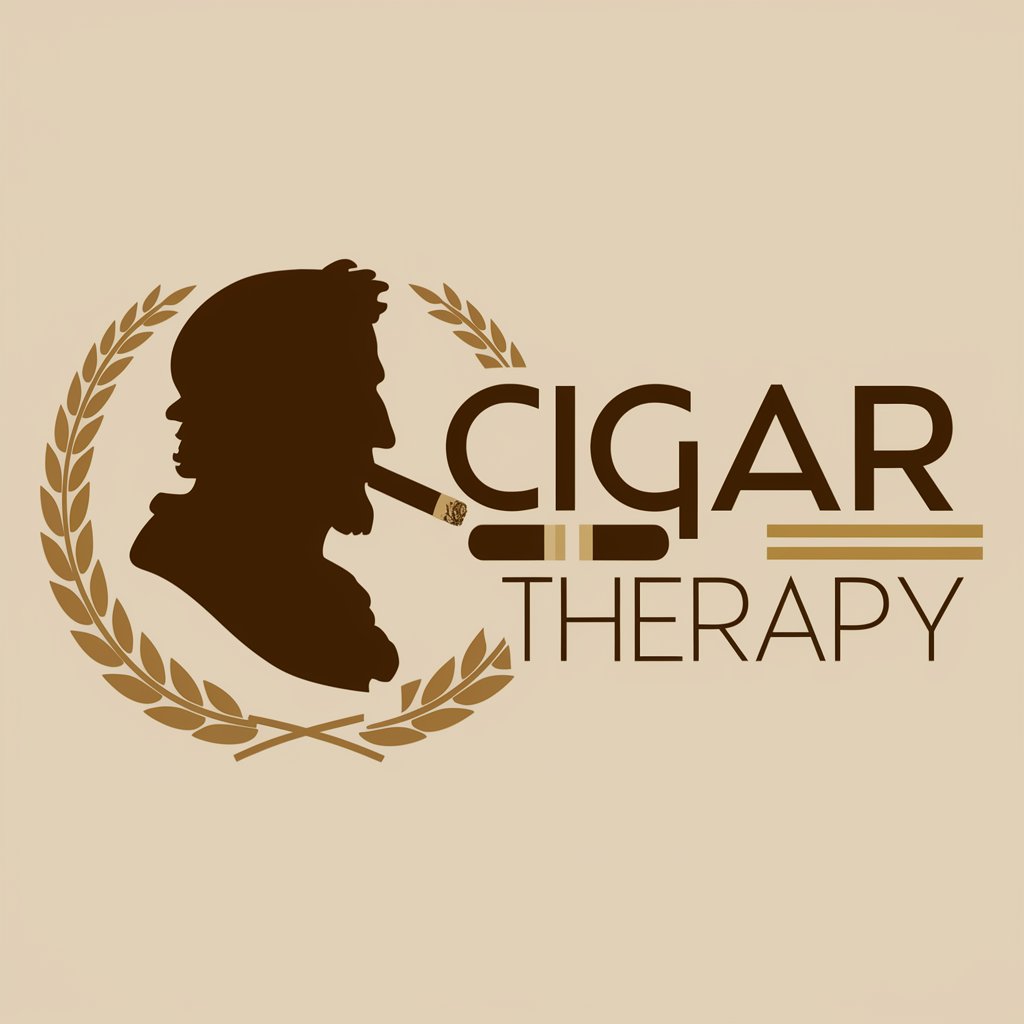
Chat Therapy
Empowering you with AI-driven therapy
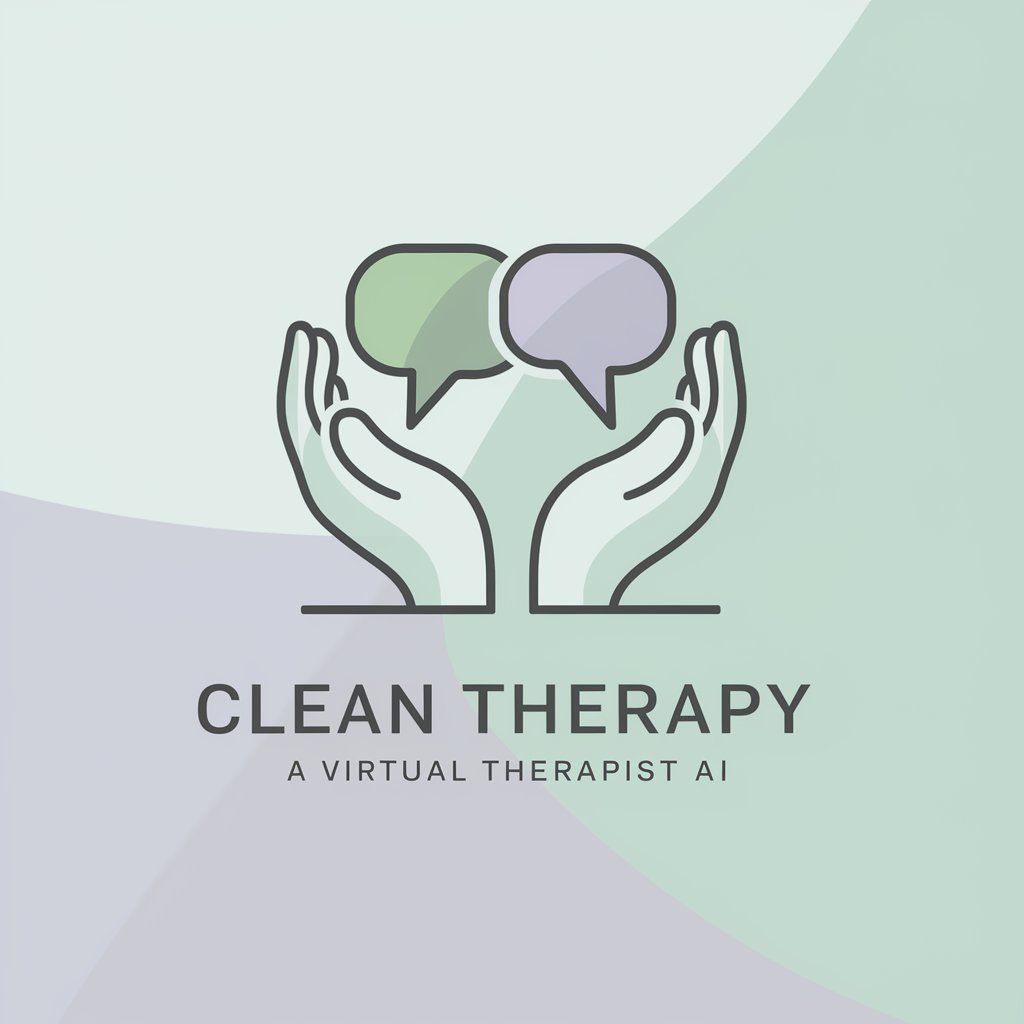
Bible Therapy
Navigating faith with AI

Therapy Guide
Empowering Parents with AI-Powered Support
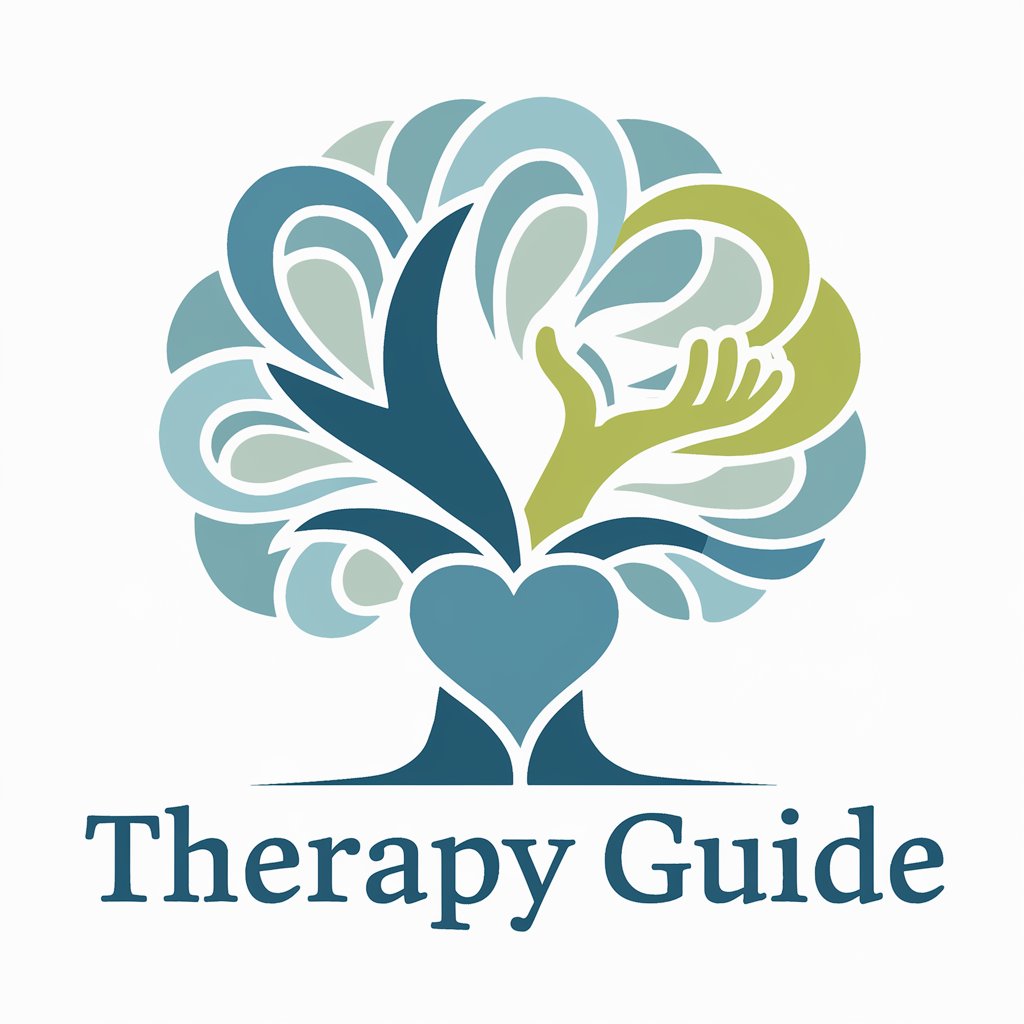
Therapy Navigator
Navigate Your Path to Mental Wellness
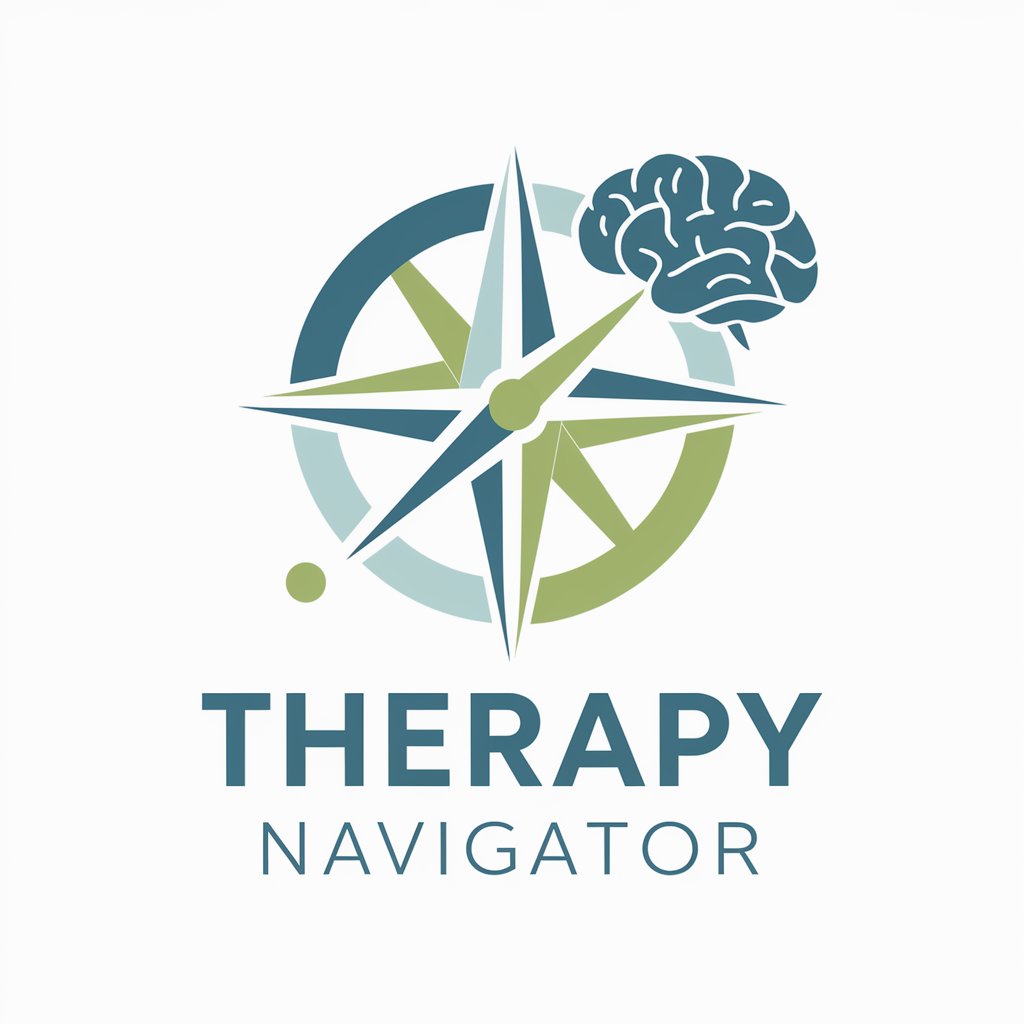
Behavior therapy
Empower your writing with AI

Papers With Code Explorer
Unlock AI research with AI-powered insights.
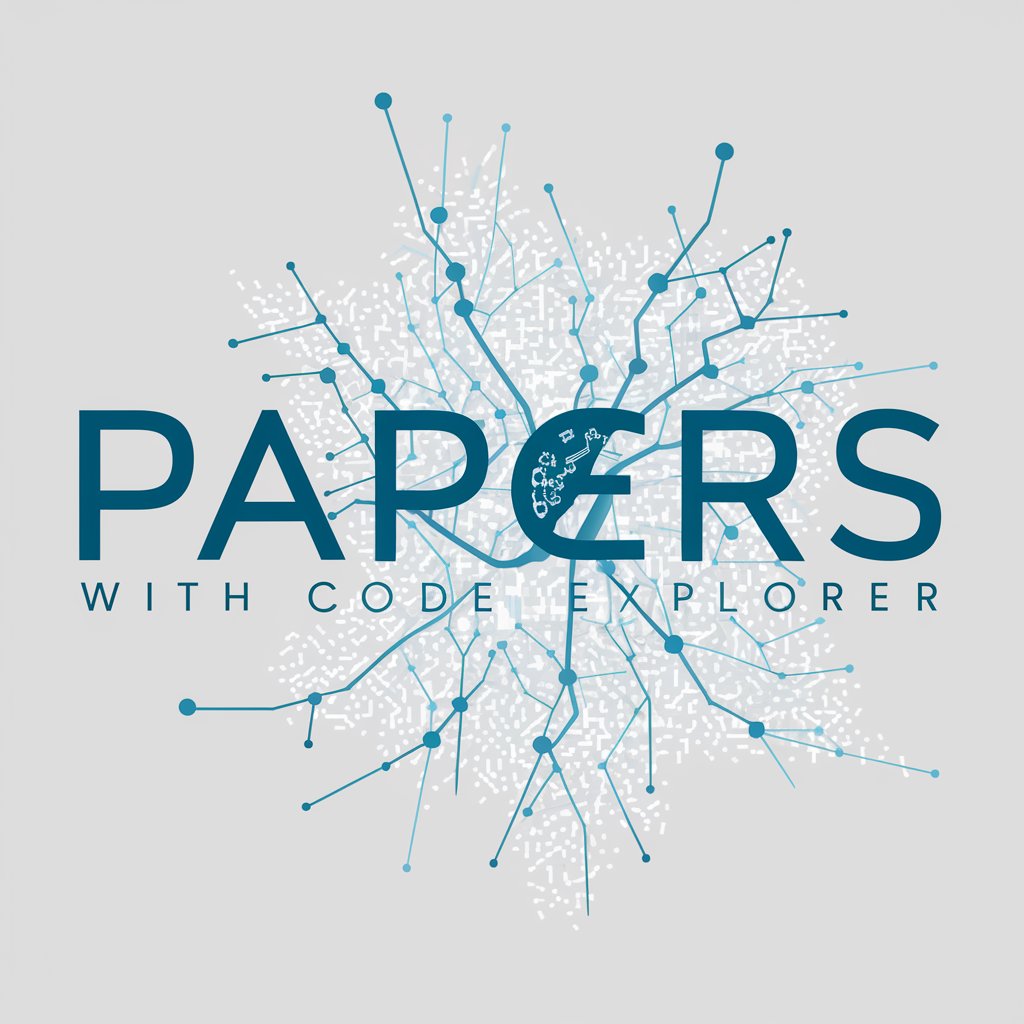
Lead Gen Man
Unleash your market potential with AI-powered lead generation.
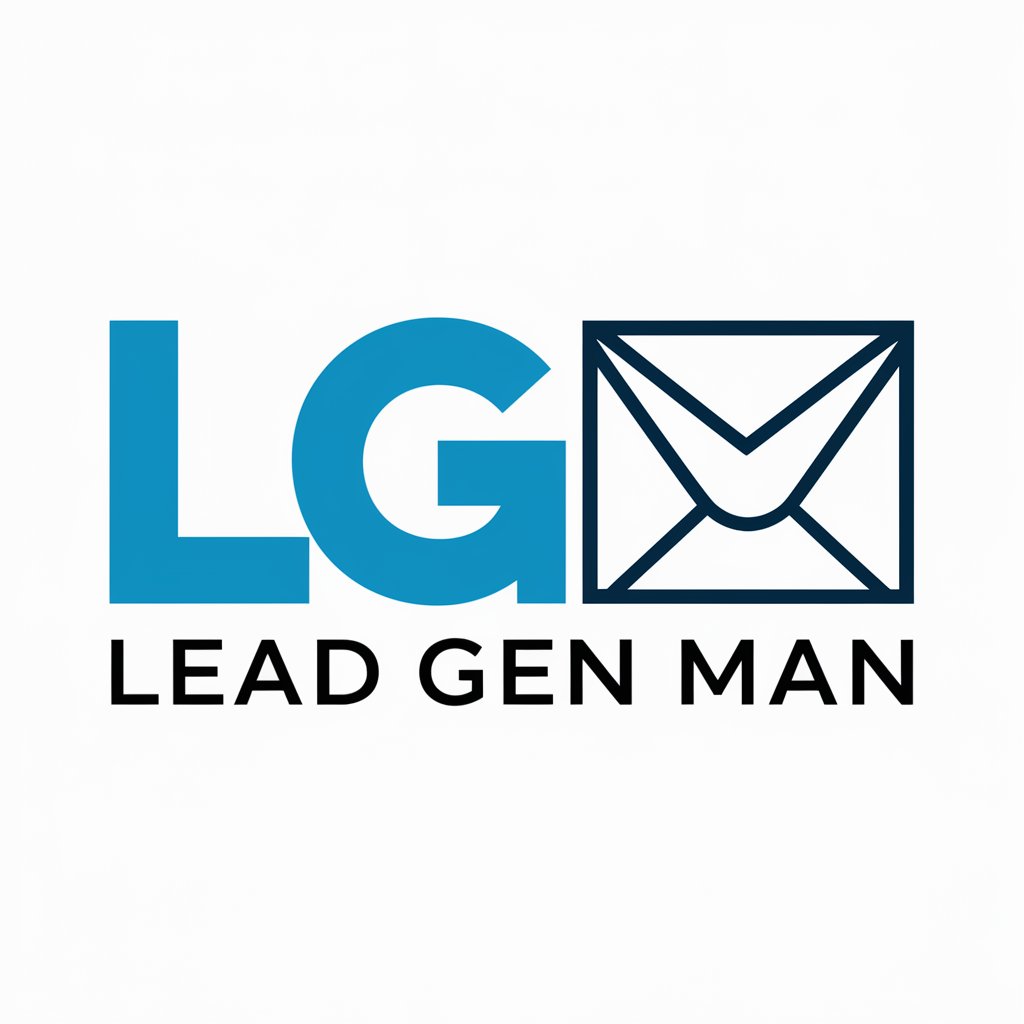
Public APIs by 42x
Enhance Applications with AI-Powered APIs

OS-INT || legal social media hacking 🌐👨💻
Unlock Insights with AI-Driven Analysis

DMTea
Navigate Psychedelic Realms with AI

KnowAESL
Elevate Your Language Skills with AI

Frequently Asked Questions About Mirror Therapy
What is mirror therapy primarily used for?
Mirror therapy is primarily used for rehabilitation after a stroke, managing phantom limb pain in amputees, and improving motor function in cases of hand or foot injuries.
How often should mirror therapy sessions be conducted?
The frequency can vary, but starting with daily sessions lasting about 15 to 20 minutes is common. Adjustments may be made based on the individual's progress and therapist's recommendations.
Can mirror therapy help with non-physical conditions?
While its primary application is for physical rehabilitation, mirror therapy has been explored for conditions like complex regional pain syndrome (CRPS) and improving spatial neglect.
Are there any risks associated with mirror therapy?
Mirror therapy is generally considered safe. However, individuals might experience confusion or discomfort if they have cognitive difficulties or severe spatial neglect.
How does visualization play a role in mirror therapy?
Visualization is key in mirror therapy. Patients are encouraged to focus on the mirror's reflection, imagining the affected limb moving healthily to enhance neural pathways and promote recovery.